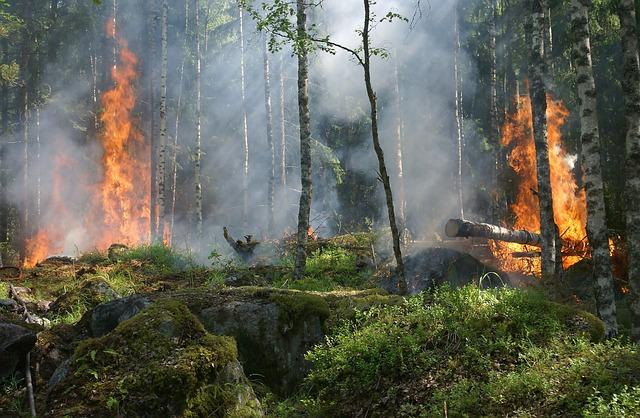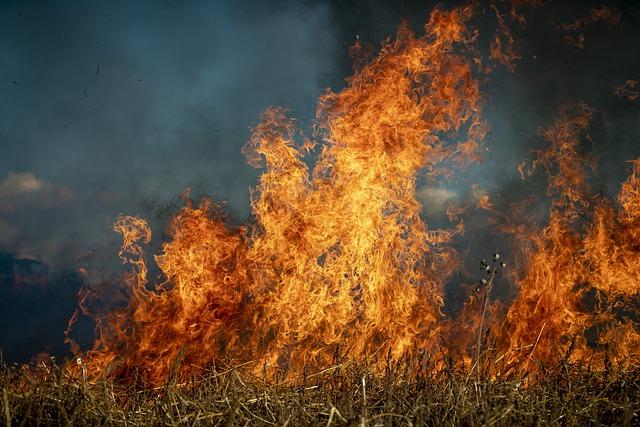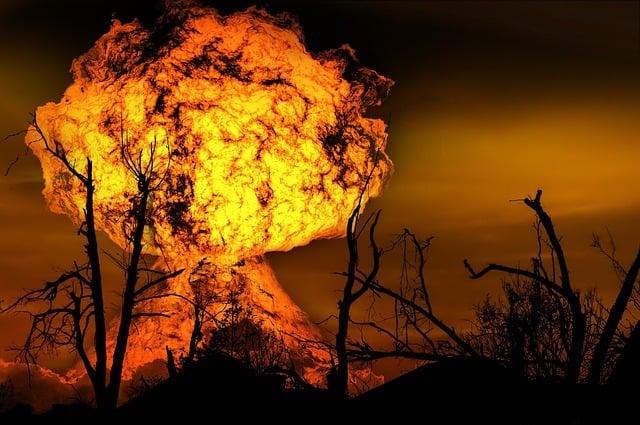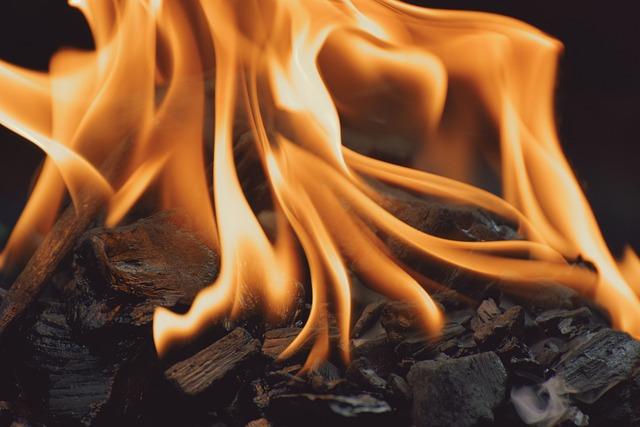Index
- Introduction
- Causes of Forest Fires
- Impact of Forest Fires
- Prevention and Control Measures
- Climate Change and Forest Fires
- Conclusion
- FAQs
- References
Introduction
Forest fires have been a concerning global issue due to their devastating impact on the environment, wildlife, and human lives. In recent years, there has been a noticeable increase in the frequency and intensity of forest fires worldwide. Understanding the causes, effects, prevention strategies, and the relationship between forest fires and climate change is crucial in addressing this pressing environmental challenge.
Causes of Forest Fires
Forest fires can be ignited by natural causes such as lightning strikes or human activities including campfires, arson, and equipment sparks. The combination of dry weather conditions, high temperatures, strong winds, and a buildup of flammable materials like dead leaves and branches creates a conducive environment for fires to spread rapidly.

(Image: Pixabay/@Ylvers)
Inadequate forest management practices, urbanization encroaching on wildlands, and deforestation also contribute to the vulnerability of forests to wildfires. Climate change-induced droughts and heatwaves further exacerbate the risk of forest fires by creating parched landscapes susceptible to ignition.
Impact of Forest Fires
Forest fires have wide-ranging impacts on biodiversity, air quality, water resources, and human health. The destruction of habitats leads to the displacement and loss of numerous plant and animal species, disrupting ecosystems and biodiversity. The smoke and ash produced during wildfires degrade air quality, posing health risks to both wildlife and human populations in the vicinity.

(Image: Pixabay/@fish96)
Additionally, forest fires can contaminate water sources, increase soil erosion, and release large quantities of carbon dioxide into the atmosphere, contributing to global warming and climate change. The economic costs of firefighting efforts, property damage, and loss of timber resources further compound the consequences of forest fires.
Prevention and Control Measures
Effective forest management practices, including prescribed burns, fuel reduction, and creating firebreaks, play a critical role in reducing the severity and extent of wildfires. Early detection systems, community preparedness plans, and firefighting resources are essential in containing fire outbreaks and minimizing damage.

(Image: Pixabay/@geralt)
Public awareness campaigns, environmental education, and stricter enforcement of fire safety regulations are vital in preventing human-caused forest fires. Collaborative efforts between government agencies, land managers, local communities, and international organizations are necessary to implement comprehensive wildfire prevention and control measures.
Climate Change and Forest Fires
The changing climate patterns, characterized by rising temperatures and altered precipitation regimes, have been linked to the increased frequency and intensity of forest fires globally. Extended drought periods, more prolonged fire seasons, and heightened fire risk zones are manifestations of the interplay between climate change and wildfire dynamics.
Addressing the root causes of climate change through mitigation measures, sustainable land management practices, and promoting carbon sequestration can help alleviate the conditions conducive to severe forest fires. Integrating climate adaptation strategies into forest management plans is essential for enhancing the resilience of ecosystems and reducing the vulnerability of forests to future wildfires.
Conclusion
Forest fires represent a significant environmental challenge that requires proactive measures to mitigate their occurrence and minimize their adverse effects. By addressing the causes, implementing effective prevention strategies, and recognizing the interconnectedness between forest fires and climate change, we can work towards safeguarding precious ecosystems and promoting sustainable coexistence with fire-prone landscapes.
FAQs
How do forest fires start?
Forest fires can start from natural causes like lightning strikes or human activities such as campfires, arson, and equipment sparks.
What is the impact of forest fires on wildlife?
Forest fires cause habitat destruction, leading to the displacement and loss of various plant and animal species, disrupting biodiversity.
How can forest fires be prevented?
Forest fires can be prevented through effective forest management practices, early detection systems, community preparedness, and public awareness campaigns.

